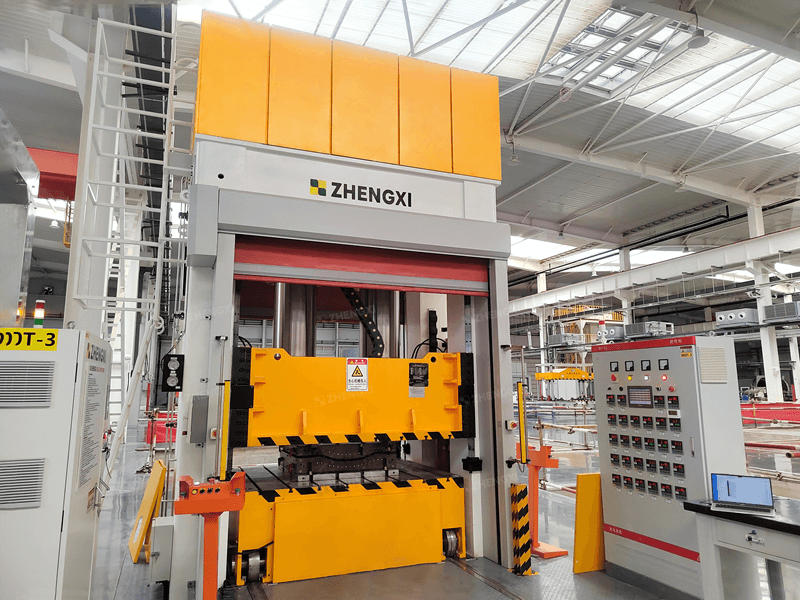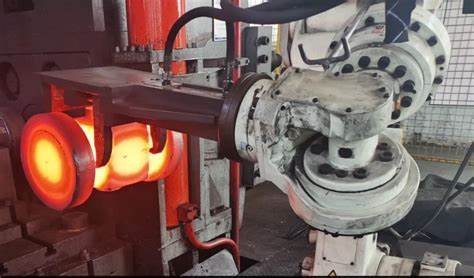Plastic remains one of the most popular materials used to make a large number of consumer goods. Therefore, we cannot ignore the manufacturing technology of this material. Molding is one of the most common fabrication processes involving materials such as plastic, rubber, and similar polymers.
Compression molding and injection molding are both efficient, cost-effective, and versatile methods of manufacturing high-quality components. While they share similarities, both types of molding processes offer unique benefits. Therefore, we compare compression molding and injection molding to determine which is better for the product. Let’s take a closer look at the differences and similarities between the two processes.
Table of Content
1. What is Injection Molding?
2. What is Compression Molding?
3. Common Features of Compression Molding and Injection Molding
4. Difference Between Compression Molding and Injection Molding
5. Injection Molding or Compression Molding?
6. FAQs
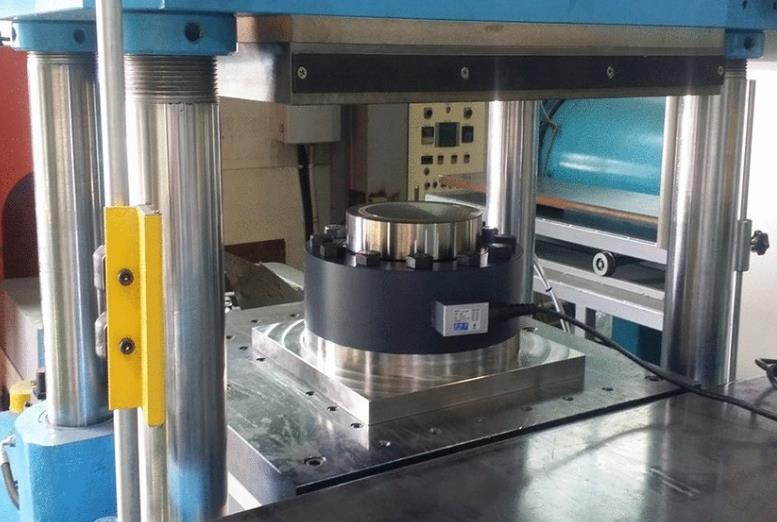
What is Injection Molding?
Injection molding generally refers to the process of injecting raw materials into a mold cavity. In the injection molding process, the material is fed into the hopper by the screw, then heated, and finally injected into the mold cavity. The heated material cools and solidifies in the shape of the mold cavity.
Injection molding is ideal for manufacturing complex parts and high-volume production. If injection molding is to be used to manufacture components, manufacturers are limited to steel molds that are designed and created according to the user’s product. After creating the mold, the manufacturer needs to inject the molten plastic formula into the mold. And in the mold, it cools and solidifies into the shape of the mold cavity.
This approach offers many benefits in terms of production. It is the best choice for creating complex parts, but also suitable for large production runs. If you want consistency, accuracy, and versatility in your work, injection molding is the answer.

Advantages of Injection Molding
Some advantages of injection molding compared to compression molding include:
- Efficient and rapid production of uniform components
- Ability to shape tamper-resistant features
- Enhanced Versatility and Customization
- Low production cost
- Robust end product
- Supports complex mold designs
- Resistant to many materials
Disadvantages of Injection Molding
Here are some disadvantages of injection molding that you need to be aware of:
- High mold cost
- Often costly when produced in small quantities
Injection Molding Applications
Due to the versatility of injection molding, it is suitable for a wide range of applications. It helps create everything from complex components to electrical appliances. In addition, injection molding is now common in the production of auto parts. Some of its applications include:
- Medical Devices and Dental Parts
- Automotive and Aviation Parts
- Food and Beverage Packaging
- Avionics Assembly
- Engineering prototype
- Cable assembly
- Door and window components
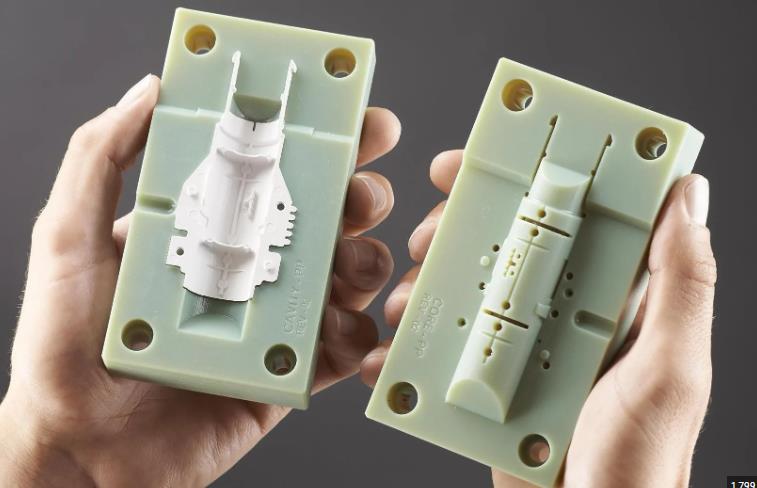
What is Compression Molding?
Compression molding is done by applying heat and pressure. While this is similar to injection molding, the process is quite different. During compression molding, manufacturers place raw materials in a heated mold cavity. The operator will then insert a plug into the top of the cavity to seal it. The plug also helps to further pressurize the cavity.
The combined action of heat and pressure solidifies the raw material in the mold cavity to create a new component. Therefore, unlike injection molding, compression molding does not fill the cavity with molten plastic material. Instead, it involves placing material into an already heated cavity.
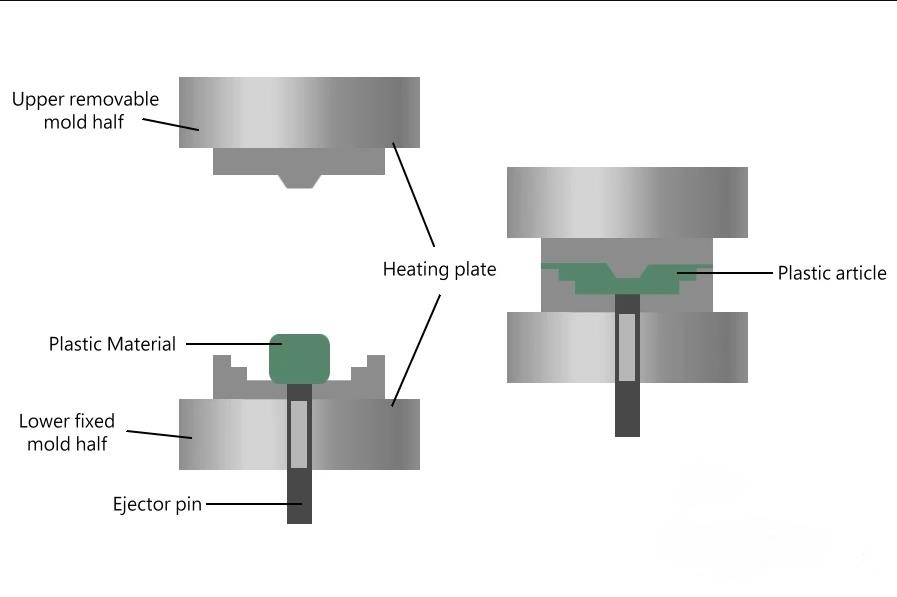
Advantages of Compression Molding
Some advantages of compression molding include:
- Easy to maintain mold
- Low initial tooling cost and investment
- Enables more efficient color conversion
- Capable of violent mechanical and chemical properties of materials
- Ensures better visual appearance by avoiding gate marks
Disadvantages of Compression Molding
It helps if you keep the following disadvantages of compression molding in mind:
- Might be slightly less consistent than injection molding
- Not well suited for complex parts or large production runs
- Products may have strange parting lines
- May require secondary processing after compression molding
- Reduce forming depth
Compression Molding Applications
Compression molding can provide a strong and durable product. Therefore, many industries tend to adopt this technology in their applications. Some typical applications of compression molding include:
- Car parts
- Body protector
- Breaker
- Plastic cutlery
- Electrical and Electronic Components
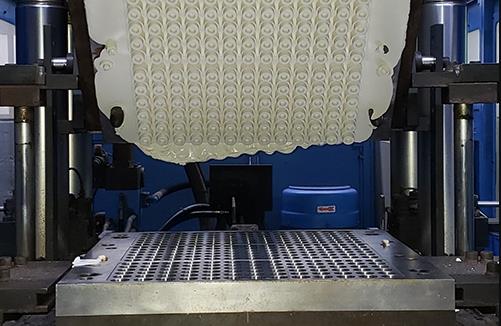
Common Features of Compression Molding and Injection Molding
Although compression molding and injection molding are different technologies, they also share certain similarities. Both processes involve the shaping of plastic materials.
1. Custom Color
Both injection molding and compression molding processes can create custom-colored plastic resins used to make custom parts. Certain applications require parts to have specific colors for aesthetic purposes and to bring the product to life. These processes allow the use of pre-mixed colors for manufacturing purposes.
They also support masterbatch colors involved in mixing colored plastics. In this case, you can get up to 2% color (by volume). Another popular way that involves injection molding and compression molding is solvent coloring. The process involves mixing the tinted oil with a solvent before spraying it on the unpigmented particles. Here the coating is done before injection molding.
Finally, they both also support dry paint mixing. Here, the operator will mix the plastic resin with the dry pigment powder in the material. In some cases, it may be necessary to dry the pellets before adding the resin. So, regardless of your application, injection molding and compression molding methods allow you to use the color you need.
2. Low Labor Cost
Injection molding and compression molding techniques are very popular because the processes of both processes are relatively simple. Operators only need basic skills to complete these processes. In addition, both processes support automation. Automated machines and robotics carry out most of the production process. This automation ensures a reduction in overall injection molding costs. Because only one operator is required to monitor the operation of the machine.
3. Reduce Part Cost
Both processes can be accomplished with minimal infrastructure. They generally do not require any additional molding features other than the cavity feature itself. Forming tools can come from different materials, including aluminum and low-cost steel. Both processes are generally used to reduce processing costs while using high-quality materials.
In addition, molds tend to last longer in both processes, so they can be reused for longer cycle times. And produce multiple parts in the same cycle. Reduced tooling and labor costs combine to make both injection molding and compression molding cost-effective.

Difference Between Compression Molding and Injection Molding
Above we examined the similar features of the two processes, but we should also learn more about the differences between compression procedures and injection molding. The following points need to be considered emphatically.
1. Material
The first point of action in every manufacturing process is the decision on the material to be used for production. Likewise, material selection is a critical consideration when deciding between compression molding or injection molding. While both processes support a wide variety of plastics, they both have some specificities.
The following materials are often the best choices for compression molding:
- Diallyl Phthalate (DAP)
- Thermosetting polyester
- Epoxy resin
- Sheet Molding Compound (SMC)
- Vinyl ester
- Phenolic Resin
- Silicone
Material options for injection molding include:
- Polyethylene
- Polystyrene
- Nylon
- Polypropylene
- Acrylonitrile Butadiene Styrene (ABS)
- Polycarbonate
2. Process
The process of compression molding seems straightforward as there are relatively few components involved, namely the base polymer, the plug, and the heated mold. Here’s a step-by-step process of how compression molding is done:
- Compression molding begins with heated and compressed virgin plastic material.
- Transfer the hot material into an open mold with a specific cross-section. This step only needs to focus on the bottom half of the material.
- In order for the plastic to be fully formed, the plug needs to be pressed against the plastic compound. Make sure the specimen is evenly distributed throughout the mold cavity.
Injection molding, on the other hand, requires a feed hopper, heater, injection unit, clamping unit, hydraulic cylinder, etc. Here’s how it works:
- Materials such as acrylic, nylon, polystyrene, or polypropylene are restrained, converted into processable resin or pellets, and then fed into the hopper.
- The material is continuously heated and then carefully transferred to the forming mold or workpiece.
- Clamping unit to hold the other half of the mold in place. After demolding, the final product is cooled before being ejected from the mold.
3. Production Capacity
Injection molding is often ideal for low-volume production. Injection molding is best done when your application does not depend on multiple prototypes of the same type. One of the advantages of injection molding over compression molding is that it makes your options more practical. This is a low-cost option that helps you identify required changes to your product before total production is running efficiently.
Meanwhile, compression molding is best suited for high-volume production. Let’s say you want to develop multiple prototypes simultaneously under a deadline. In this case, you should opt for compression molding. It enables you to perform the required quality assurance in a short period of time.

4. Accurate
Another advantage of injection molding compared to compression molding is that no post-processing is required. This is because of high dimensional accuracy. Manufacturers often make molds from durable steel, which gives them high strength. It also means they are less prone to defects that could affect the final shape of the mold.
In addition, operators can easily adjust the heat and pressure levels used in injection molding. As a result, it becomes easier to manufacture prototypes that have a consistent shape and require less fine-tuning.
5. Model Complexity
Injection molding can produce models of more complex designs than compression molding. Thus, you can easily try out different design ideas through injection molding. Plus, you can test your ideas to see how they would perform in real life. Compression molding, on the other hand, is better suited for simple designs and less complex assemblies.
6. Lead Time Length
Although compression molding is best for high-volume production, lead times for this process are much longer than injection molding. Injection molding is a shorter process and more reliable for customers requiring faster prototype testing. You don’t need to wait before evaluating your product’s productivity. Shorter lead times for injection molding versus compression molding help manufacturers focus on other important aspects of their operations.
7. Final Product Shape
Injection-molded products are more complex. These products usually have different wall thicknesses, and they can also be a combination of various shapes. In contrast, compression molding can create simple block products, and the raw material is simply cut into a shape similar to the final compressed product.
Injection Molding or Compression Molding?
The long-running discussion about compression molding versus injection molding is still going on, and this is the process necessary to find out the most efficient way. You probably already got the answer from our comparison above. But in general, compression molding has advantages over injection molding. By using compression molding, you can obtain molds that will last longer. While it may take a little longer, the wait is bearable. Zhengxi Hydraulics is a professional manufacturer of hydraulic presses, providing high-quality compression molding machines.
Your choice between compression molding and injection molding usually depends on your specific application. Hope our compression molding vs injection molding comparison helps you make an informed decision!
FAQs
Is injection molding more expensive than compression molding?
When comparing injection molding and compression molding, it is critical to consider the cost. Injection molding tends to be less expensive than compression molding but has a shorter pot life. However, both methods are usually cost-effective. In Zhengxi, you can find high-quality and low-cost compression molding machines. Contact us now.
What is the proper volume for compression molding?
The specific volume size as well as the size of the mold depends on the product you want to press. Contact us immediately, our technicians will provide you with the perfect hydraulic press solution.
Why choose Zhengxi’s compression molding hydraulic press service?
A production process can never be efficient without the best hands-on hand. Zhengxi provides the best engineers and processes to help you get the best end product. We provide top-notch custom compression molding hydraulic press services at competitive prices. We are an ISO 9001-certified industry with extensive experience in producing high-quality compression parts. Get an instant quote today and let’s get to work.


